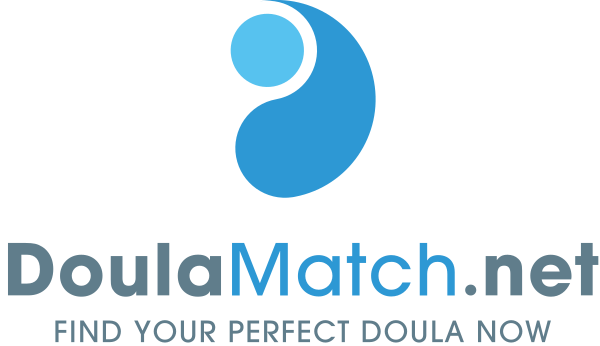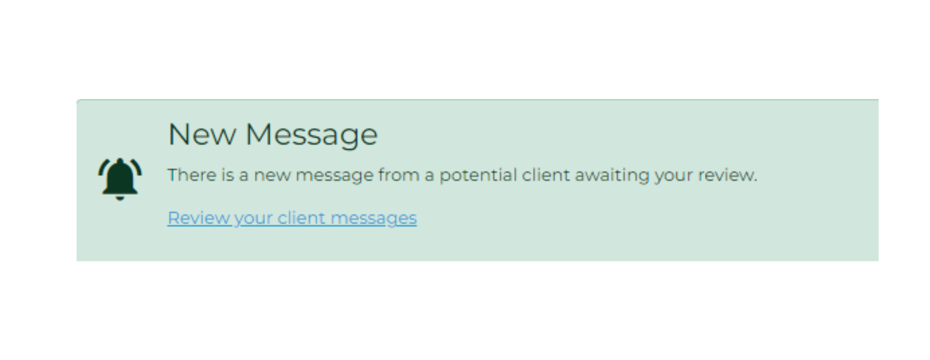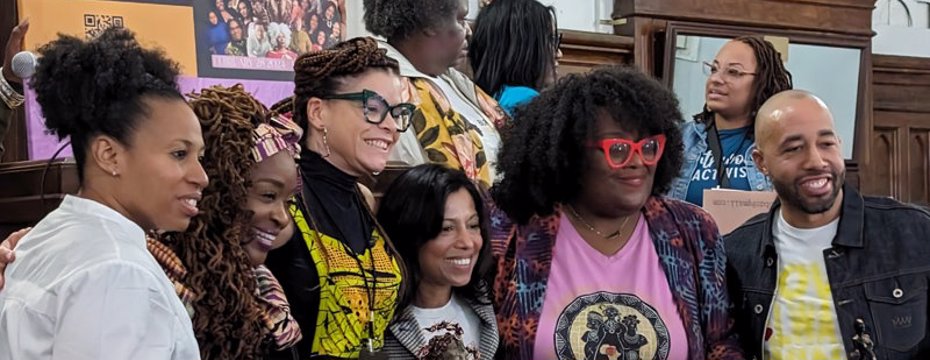
New Feature! Custom Service Areas
Your DoulaMatch.net profile now allows you the ability to draw your custom service area.
A custom service area allows you to edit the borders of your service area. This is useful if you want to restrict your service area to avoid bridges, tolls, difficult commutes, etc.



